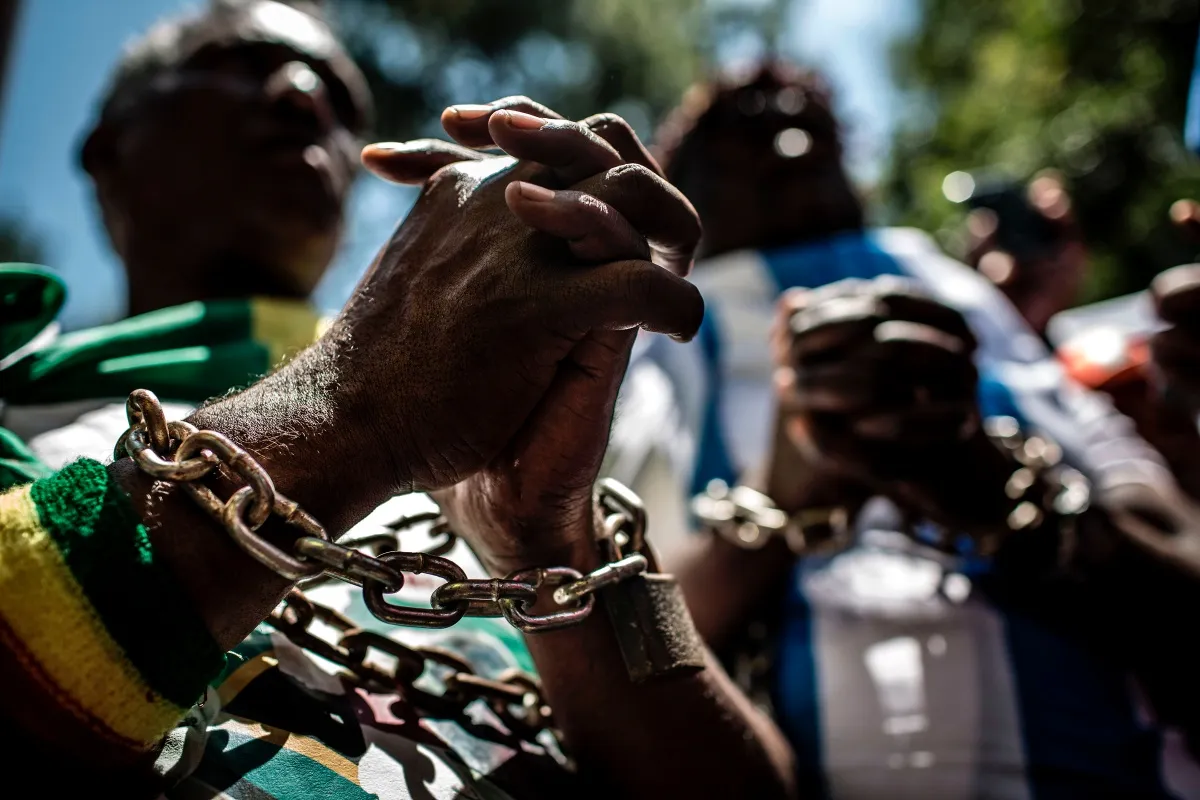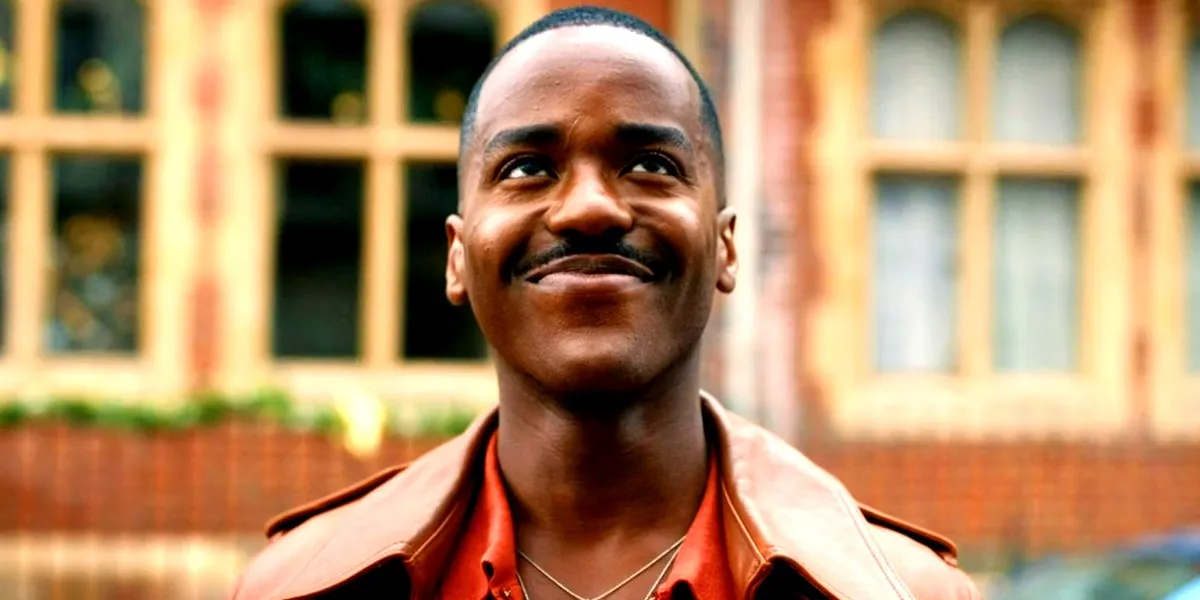The Demerara Rebellion of 1823
On August 18th, 1823, over 10,000 slaves rebelled in the Demerara-Essequibo colony located in the South American country of Guyana, for 23 days. The rebellion would lead to the deaths of between 100 and 250 slaves, 45 men being sentenced to death, and 27 executions.
At the time, the economy was based around the trade of sugar that grew on cane plantations worked by the African slaves and their descendants. Plantations in the 19th century were expanding at the same time the passing of the Slave Trade Act of 1807, which didn’t put an end to slavery itself but did put an end to the legal slave trade, prohibiting the “business.” At this point, Guyana was owned by the British.
According to Crowns of Glory, Tears of Blood by Emília Viotti Viotti da Costa, the population consisted of 2,500 whites, 2,500 freed Blacks, and 77,000 enslaved people. The slave population was treated poorly, with slaves even being banned from having places of worship before 1807, because whites feared it would make them unhappy with their lot in life and could lead them to rebel.
I can’t imagine why … maybe Exodus.
John Smith, an evangelical missionary, came to Demerara and preached almost exclusively to slaves—no relation to that John Smith, just a really common name. He’s one of two white people who should be noted in this story.
The other is Sir John Gladstone, who was the father of British Prime Minister William Gladstone. Gladstone had built his fortune as a trader and acquired several large plantations in Jamaica and Guyana through mortgage defaults, because people were considered property. This included a half share in Success, one of the largest and most productive plantations in the colony.
Gladstone decided to switch the crop from coffee to sugar, since the latter was much more profitable at the time, and expanded his workforce of slaves from 160 to more than 330. After slavery was abolished in 1833, he received the largest of all compensation payments made by the British government.
Never forget that slave owners got reparations, but the former slaves themselves did not.
John Smith wrote that the slaves on the plantation complained about very severe treatment that was going on. Gladstone, despite being Scottish and never setting foot on the plantation itself, claimed his slaves were treated well (false) and that the Black slaves were “generally happy and contented.”
That’s why, when they revolted, it was “shocking.”
It was Jack Gladstone, a Guyanese slave, who lead the rebellion. Jack was a cooper (barrel maker) on the plantation, and he didn’t work under a slave-driver, which gave him slightly more freedom than the average slave who worked in the sugar fields. That freedom made him aware of the debates about slavery going on in Britain and made him more aware of the unfairness of the institution.
What kicked off the rebellion was a rumor that the white masters had received instructions to set them free but were refusing to do so.
Jack told his father, Quamina, and they initially decided to do a peaceful strike, and Jack led over 10,000 slaves in protest. Plantation owners, managers, and their families were locked up; some slaves took revenge on their masters by putting them in stocks to shame them, but for the most part, according to the accounts at the time, the rebellion was intended to be non-violent, and only a few white people ended up being killed.
The Governor immediately declared martial law, and infantry units were brought into the area and quickly subdued the situation. By 20 August, only two days later, the situation had been brought under control. As I mentioned at the top, this rebellion, once the army came, led to the deaths of between 100 to 250 slaves, 45 men being sentenced to death, and 27 executions.
John Smith was charged with “promoting discontent and dissatisfaction in the minds of the African slaves, exciting the slaves to rebel, and failing to notify the authorities that the slaves intended to rebel” and was sentenced to death. He was buried in an unmarked grave, and some white plantation owners hanged him in effigy.
Quamina was also executed, and his son, Jack, was sold and deported to Saint Lucia.
While it “failed,” what the Demerara Rebellion of 1823 did was make the British public switch from being pro-colonists to pro-abolition. It also led to laws being changed in Demerara, creating working hours and some “civil rights” for slaves, which is very Roman of them, I guess.
The weekend hours were to be from sunset on Saturday to sunrise on Monday, and field work was also defined to be from 6AM to 6PM, with a mandatory two-hour break. Whippings on the field were abolished, rights to marry and own property were legalized, to the point where plantation owners were like, “Are they even slaves anymore, though?”
White plantation owners, of course, resisted all of these changes until August 1833, when the British government outlawed slavery and paid out all the slave owners across the commonwealth for their “loss.”
As I said earlier: Never forget that slave owners got reparations, but the former slaves themselves did not.
Sources:
Crowns of Glory, Tears of Blood by Emília Viotti Viotti da Costa
Bury the Chains: Prophets and Rebels in the Fight to Free an Empire’s Slaves by Adam Hochschild
(image: GULSHAN KHAN/AFP/Getty Images)
Want more stories like this? Become a subscriber and support the site!
—The Mary Sue has a strict comment policy that forbids, but is not limited to, personal insults toward anyone, hate speech, and trolling.—









